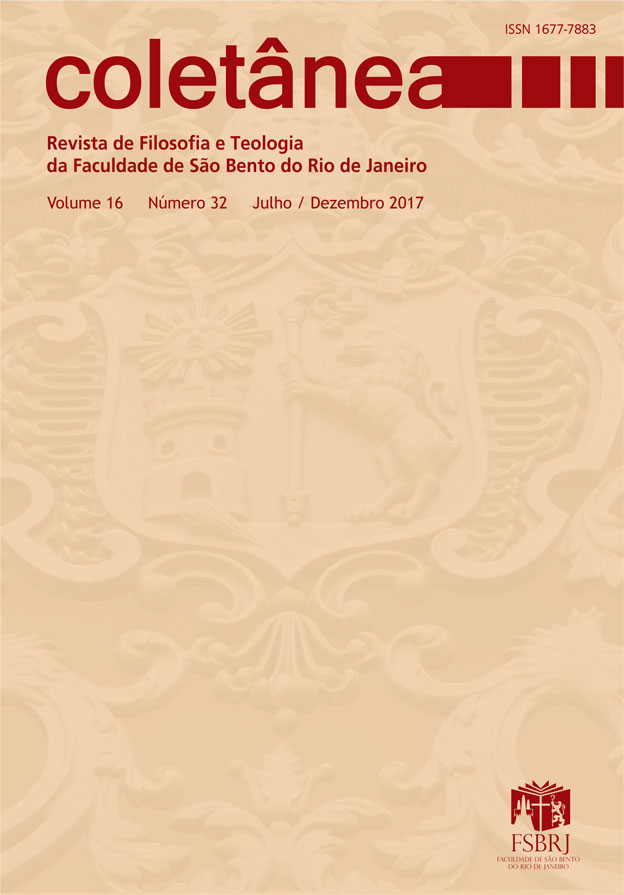Um olhar sobre o Grego da Septuaginta
Resumo
Resumo: No século III a.C., em Alexandria, Judeus helenizados traduziram o Antigo Testamento para um grego estilizado, dando origem à Septuaginta (LXX). Por ser a tentativa de uma tradução literal, a Septuaginta apresenta peculiaridades no uso do grego por causa da influência da língua hebraica e por outros fatores, o que fica perceptível quando suas estruturas frasais são comparadas ao grego ático dos séculos V e IV a.C. e mesmo à língua koiné, que passou a vigorar no mundo conhecido após as conquistas de Alexandre Magno. O presente estudo tem o obje- tivo de apontar algumas diferenças, na escrita grega presente na Septuaginta, em relação ao grego do período Clássico, com a finalidade de comprovar determinadas características que parecem ir ao encontro de construções de estruturas analíticas, nesse idioma grego estilizado.
Palavras-chave: Idioma grego. Septuaginta. Antigo Testamento. Estruturas analíticas.
Abstract: In the third century B.C., in Alexandria, Hellenized Jews translated theOld Testament into a stylized Greek, giving rise to the Septuagint (LXX). Being an attempt of a literal translation, the Septuagint exhibits peculiarities in the use of Greek due to the influence of Hebrew language and other factors, which is noticeable when its phrasal structures are compared to the attic Greek of the fifth and fourth centuries B.C. and even to the Koine language, which came into force in the known world after the conquests of Alexander the Great. The present study has the objective of pointing out some differences in the Greek writing contained in the Septuagint relative to the Greek of the classical period, aiming to reveal certain characteristics that seem to meet the constructions of analytical structures in this stylized Greek language.
Keywords: Greek language. Septuagint. Old Testament. Analytic structures.
Downloads
Publicado
Edição
Seção
Licença
Os Autores mantêm os direitos autorais e ao mesmo tempo, concedem cessão dos mesmos direitos autorais à Revista Coletânea que passa ter plenos direitos de publicação, com o trabalho simultaneamente licenciado sob a Licença Creative Commons Attribution que permite o compartilhamento do trabalho com reconhecimento da autoria e publicação inicial nesta revista. As publicações deste periódico poderão ser reproduzidas desde que devidamente referenciadas, conforme a licença adotada.













